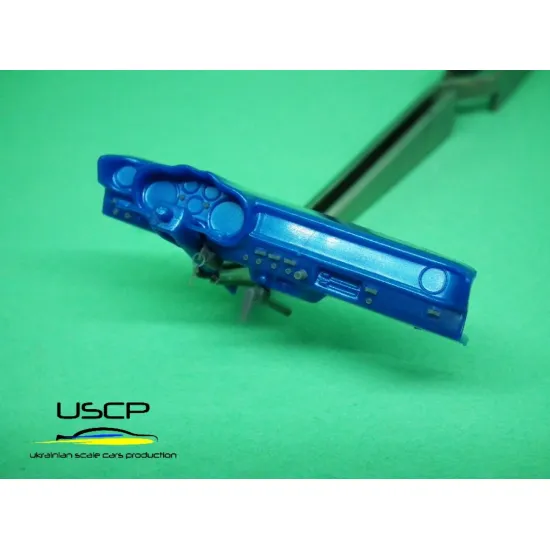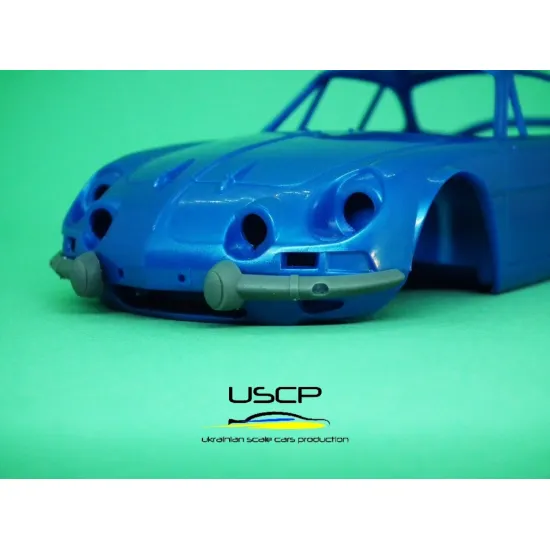Expert Tips for Painting and Detailing Model Kits
Expert Tips for Painting and Detailing Model Kits
Blog Article
Model sets have come a long way because their inception, transforming from standard assembly jobs to complex operates of art. For hobbyists, this development mirrors equally technical improvements and the rising need to hobby little worlds with unbelievable realism.
The Increase of Model Systems
Plastic Models first gained acceptance in the mid-20th century. Formerly developed as easy, functional instruments, the early products often presented fundamental areas made of timber or metal with little focus on detail. By the 1950s, plastic sets entered industry, tagging a essential time inside their evolution. These plastic types allowed for lightweight and easier-to-assemble designs, ultimately causing a rise in reputation among small hobbyists.
The 1960s and 70s found an explosion of creativity in model kits. During this time, the target shifted from only assembling cars to creating reproductions of famous topics ranging from airplanes to sci-fi spaceships. Companies began incorporating higher-quality conforms and presenting distinctive variations, creating the passion more immersive.

The Innovation in Reality
By the 1980s and 90s, the concentration in product sets moved toward hyper-realism. Suppliers began applying injection-molded technology that permitted for remarkable detailing. Modelers can access sophisticated kits offering shaped finishes, custom stickers, and complexities previously unimaginable.
Technological changes also created customization possible. Methods like airbrushes and high-performance shows, coupled with step-by-step instructions, gave hobbyists the flexibility to elevate their builds. From weathered tanks to refined competition cars, making life-like masterpieces turned an attainable goal.
Expert Strategies for Painting and Detailing Model Sets
For model enthusiasts, the pleasure is in the details. Painting and concluding techniques have evolved similar to model packages themselves. Understanding these abilities can truly transform any build.
1. Leading for Achievement
Always begin with a primer. Priming assures that paint sticks smoothly to areas and generates the beds base necessary for vibrant, consistent color. Select a primer suited for your material, whether plastic, resin, or metal.
2. Coating Your Shows
Apply your shows in slim, also layers. That strategy prevents clumpy completes and makes transitions between tones seamless. Acrylic shows are especially popular because of the fast drying time and vivid color options.

3. Add Fine Weathering Facts
To offer your model a weathered, traditional search, try out weathering methods such as for example dried cleaning, washes, or applying pastels. For vehicles, delicate rust scars or damaged paint may improve realism.
4. Perfect the Stickers
Stickers will make or separate the last look of your model. Work with a softening answer to simply help them conform to curved areas and cautiously seal them with a definite coat.
From assembling simple versions decades before to today's hyper-detailed designs, design sets continue steadily to inspire creativity and skill. With sophisticated practices and tools, the possibilities for realism and phrase are endless.
Report this page